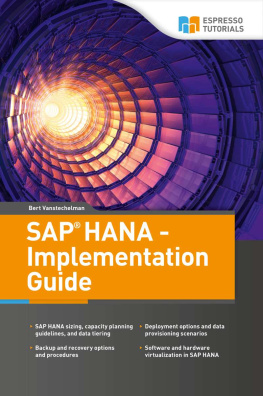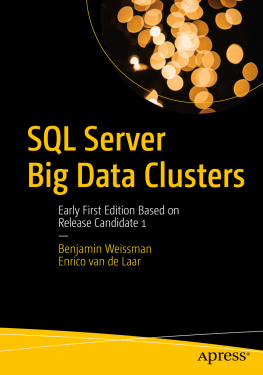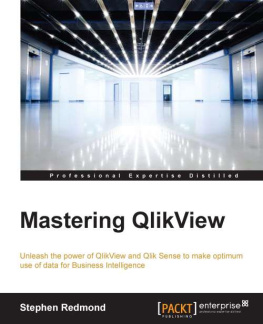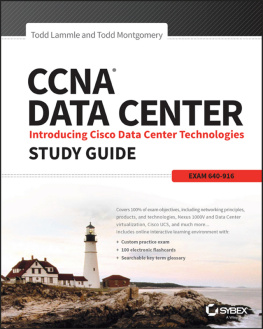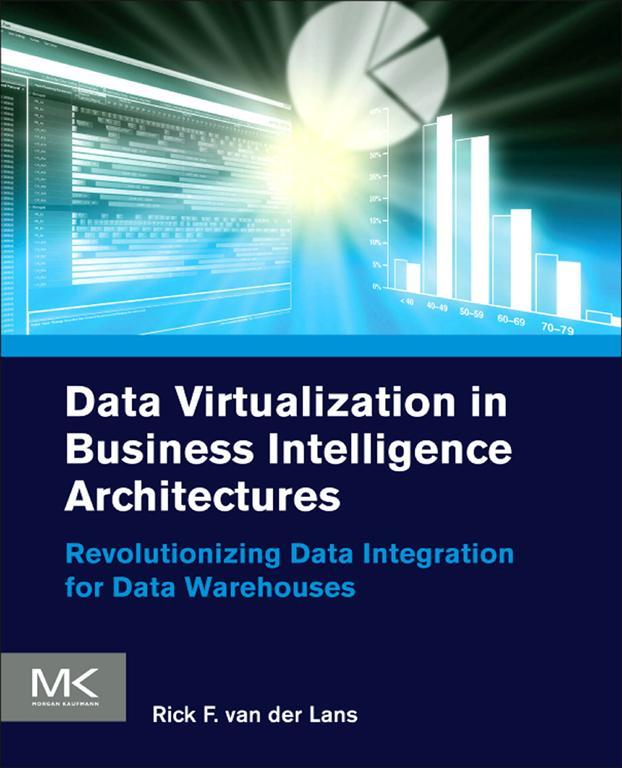Rick van der Lans - Data Virtualization for Business Intelligence Systems: Revolutionizing Data Integration for Data Warehouses
Here you can read online Rick van der Lans - Data Virtualization for Business Intelligence Systems: Revolutionizing Data Integration for Data Warehouses full text of the book (entire story) in english for free. Download pdf and epub, get meaning, cover and reviews about this ebook. year: 2012, publisher: Morgan Kaufmann, genre: Home and family. Description of the work, (preface) as well as reviews are available. Best literature library LitArk.com created for fans of good reading and offers a wide selection of genres:
Romance novel
Science fiction
Adventure
Detective
Science
History
Home and family
Prose
Art
Politics
Computer
Non-fiction
Religion
Business
Children
Humor
Choose a favorite category and find really read worthwhile books. Enjoy immersion in the world of imagination, feel the emotions of the characters or learn something new for yourself, make an fascinating discovery.

- Book:Data Virtualization for Business Intelligence Systems: Revolutionizing Data Integration for Data Warehouses
- Author:
- Publisher:Morgan Kaufmann
- Genre:
- Year:2012
- Rating:4 / 5
- Favourites:Add to favourites
- Your mark:
Data Virtualization for Business Intelligence Systems: Revolutionizing Data Integration for Data Warehouses: summary, description and annotation
We offer to read an annotation, description, summary or preface (depends on what the author of the book "Data Virtualization for Business Intelligence Systems: Revolutionizing Data Integration for Data Warehouses" wrote himself). If you haven't found the necessary information about the book — write in the comments, we will try to find it.
Data virtualization can help you accomplish your goals with more flexibility and agility. Learn what it is and how and why it should be used with Data Virtualization for Business Intelligence Systems. In this book, expert author Rick van der Lans explains how data virtualization servers work, what techniques to use to optimize access to various data sources and how these products can be applied in different projects. Youll learn the difference is between this new form of data integration and older forms, such as ETL and replication, and gain a clear understanding of how data virtualization really works. Data Virtualization for Business Intelligence Systems outlines the advantages and disadvantages of data virtualization and illustrates how data virtualization should be applied in data warehouse environments. Youll come away with a comprehensive understanding of how data virtualization will make data warehouse environments more flexible and how it make developing operational BI applications easier. Van der Lans also describes the relationship between data virtualization and related topics, such as master data management, governance, and information management, so you come away with a big-picture understanding as well as all the practical know-how you need to virtualize your data.
- First independent book on data virtualization that explains in a product-independent way how data virtualization technology works.
- Illustrates concepts using examples developed with commercially available products.
- Shows you how to solve common data integration challenges such as data quality, system interference, and overall performance by following practical guidelines on using data virtualization.
- Apply data virtualization right away with three chapters full of practical implementation guidance.
- Understand the big picture of data virtualization and its relationship with data governance and information management.
Rick van der Lans: author's other books
Who wrote Data Virtualization for Business Intelligence Systems: Revolutionizing Data Integration for Data Warehouses? Find out the surname, the name of the author of the book and a list of all author's works by series.



